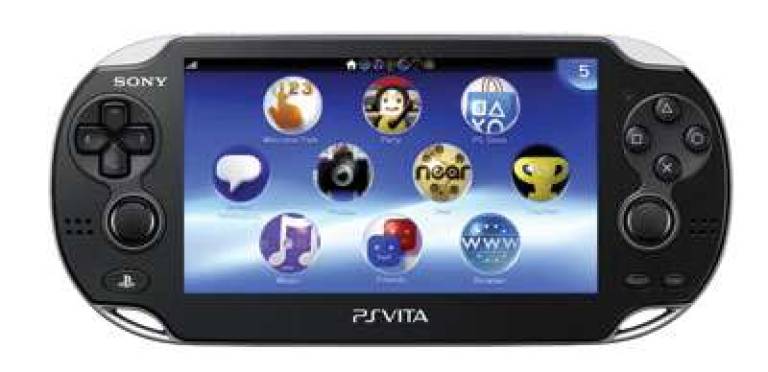Sony's Vita, A Touchy Problem

by Steve Haske Some friends have asked me what I think of the Playstation Vita, Sony's new handheld console that was released in February. I always have the same answer. "It's a slick, impressive piece of hardware that I couldn't care less about," I tell them. Why? Because for all its fancy tech, the Vita carries the underlying threat of unchecked console gimmickry. As a follow up to Sony's last-generation PSP, the Vita is a touchscreen-oriented machine designed to take on competitors outside of a strictly gaming space, with improved features commonly found in mobile, non-gaming devices. It's also one whose primary function is supposed to be playing video games. There's an unnatural dichotomy that arises from this. Before the Vita, touch incorporation in console games-relegated to touchscreen interfaces on Nintendo's DS and 3DS-has historically taken a different approach than the touch implementation of, say, iOS games. Non-gaming platforms are a different story. They usually play host to less complex games, mostly driven by dumbed-down mechanics where one can play simply by deftly swiping or tapping at things on-screen (I need not explain how this limits the scope of what most mobile games strive for). Should a developer want gameplay that feels closer to a console experience than a casually oriented mobile one, the only available compromise is resorting to obtrusive on-screen virtual controls. The DS and 3DS solution is that only one of their two screens has a touchscreen interface, so that functionality generally complements, rather than headlining. But the Vita's single screen has multi-touch sensitivity in addition to the console's regular controls. Almost overnight, the line separating simple, casual game design and more traditional console-oriented gameplay has morphed into a disconcerting Venn diagram connecting two fairly disparate markets. To read the full article at CityArts click here.